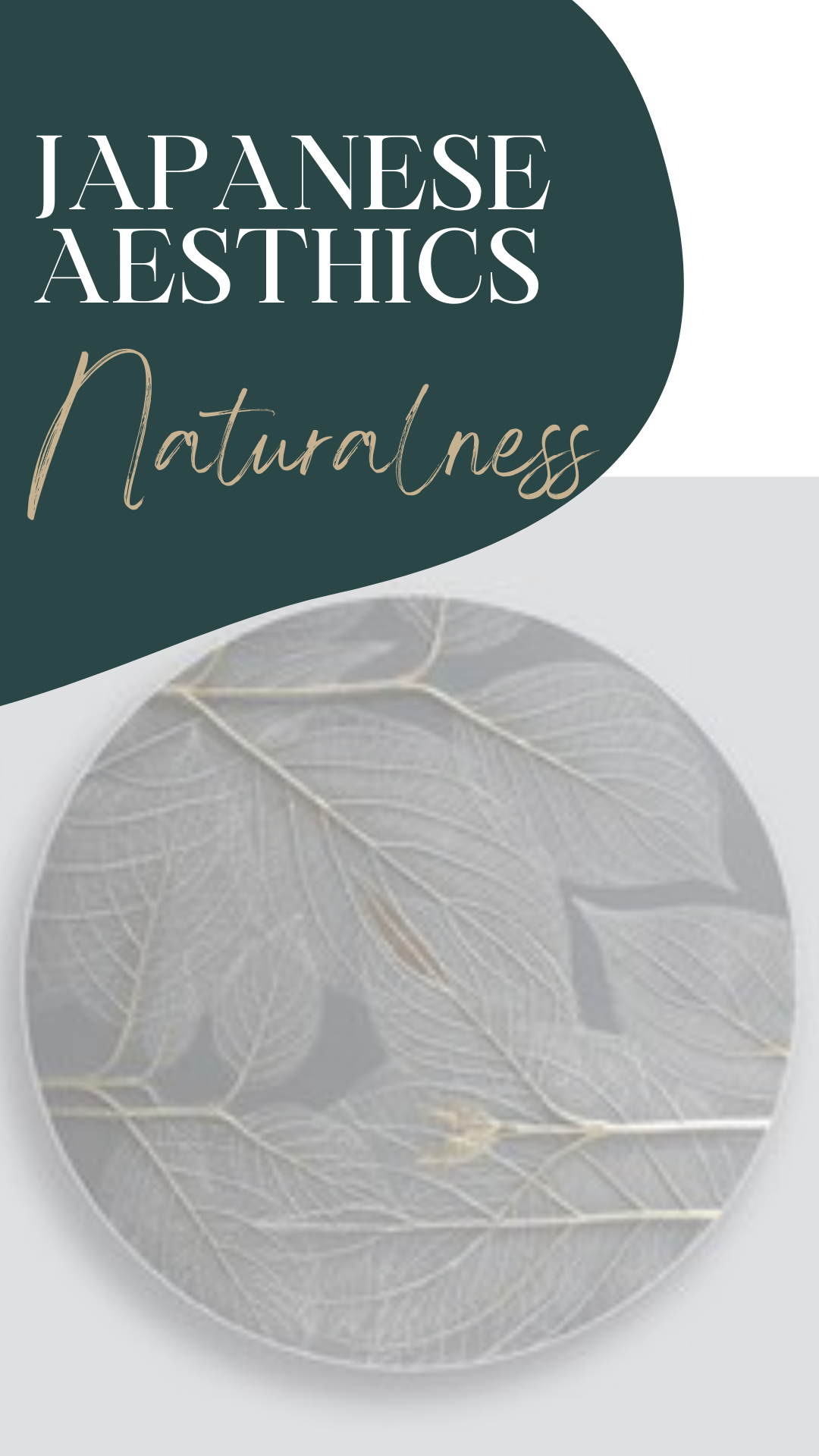Apply age old Japanese aesthetic principles to enhance your creativity

7 Japanese Aesthetic Principles
I have always loved Japanese design. Asymmetry has always appealed to me. Japanese clothing adopts asymmetry like no other culture I’ve seen. It’s fabulous.
Japan was my first overseas destination. Combine with this me being 17, touring with a concert band, to a place I didn’t speak the language. It was marvellous. We visited so many fabulous places.
My interest in fashion had me looking at the clothes being worn in Japan and wondering why they were different to the clothes available in shops.

Looking into Japanese asymmetry recently I discovered 7 Japanese aesthetic principles:
- Kanso – Simplicity
- Fukinsei – Asymmetry
- Shibui/Shibumi – Elegance
- Shizen – Naturalness
- Yugen – Subtlety
- Datsuzoku – Freedom
- Seijaku – Tranquility

These elements have a beautiful peace about them. For me this is clearly embedded in Japanese culture and design. Expanding on these slightly –
Simplicity – reducing clutter to achieve clarity
Asymmetry – stylish design
Elegance – achieving beauty using understatement
Naturalness – creating an essence of nature with purpose and intention
Subtlety – applying suggestion rather than revelation
Freedom – breaking free of daily routine or habit – obtaining surprise & amazement from spontaneity
Tranquillity – achieving an energised calm (quiet), stillness and solitude.
An article by Garr Reynolds includes more information about the 7 Japanese aesthetic principles.
As I read through this list it seems these elements are factored into Japanese flower arranging – Ikebana. I also see them reflected in Japanese gardens and calligraphy.

Experience For You
As I’m interested in giving readers’ experiences here’s something for you to apply to your latest project.
Think of a creative project you’re working on and consider what applying at least one of the 7 Japanese aesthetic principles would change. You can select the one that resonates most with you, or applying some or all, to see how your project may be redesigned. You may chose to select tranquillity or simplicity or my favourite asymmetry.
Let me know how applying Japanese aesthetics impacted your creative project.

Applying the 7 Japanese aesthetic principles
Any of these Japanese aesthetic elements can be applied in so many ways. Options are endless.
A home renovator who
- removes paint from a wooden feature – simplicity
- installs a wooden framed glass door – asymmetry
- selects simple tapware – elegance
- features a wall with pressed tin with flower designs – naturalness
- repeats an element, like curves, throughout the design – subtlety
- embraces the challenge of the renovation project – freedom
- selects a floor tile colour inspired by the colour of eucalyptus leaves – tranquility

A musician who
- plays out a clear melody – simplicity
- picks a French Horn or Saxophone – Asymmetry
- blends with the harmonies of the instruments – elegance
- listens to the music grow and soften – naturalness
- repeats the theme and variations – subtlety
- feels the music and improvises – freedom
- loves the beautiful tunes swirling around them – tranquility

For more design concepts to inspire your creativity see Creative Thinking Processes.
Let me know how these Japanese aesthetics inspire you.

